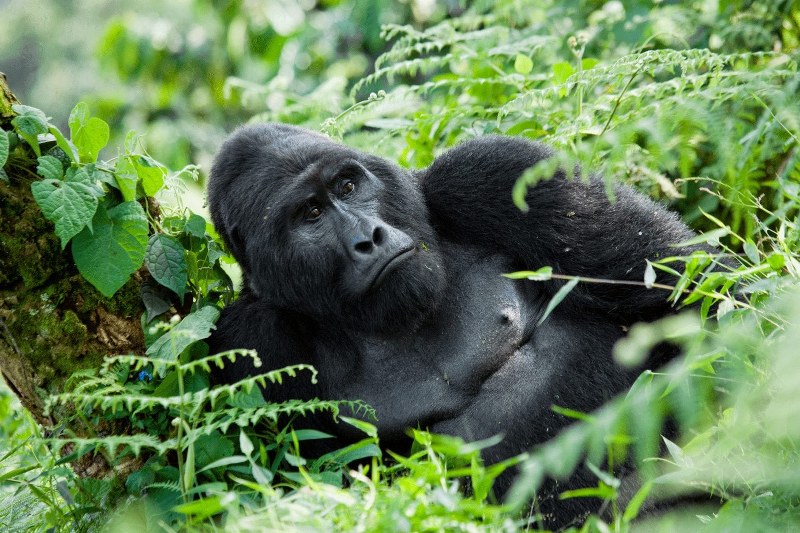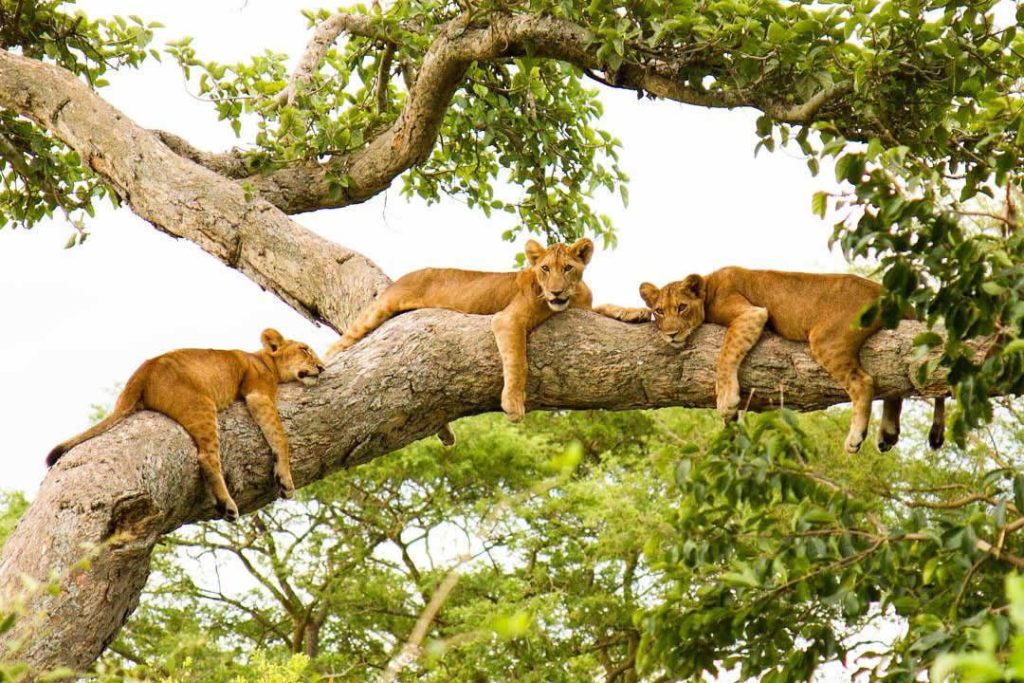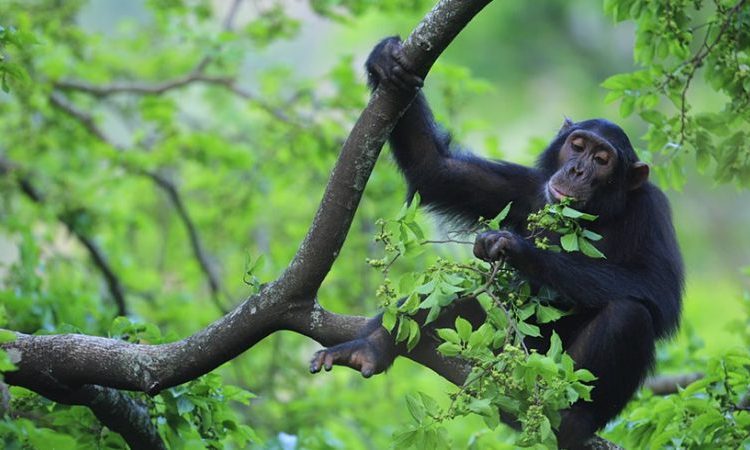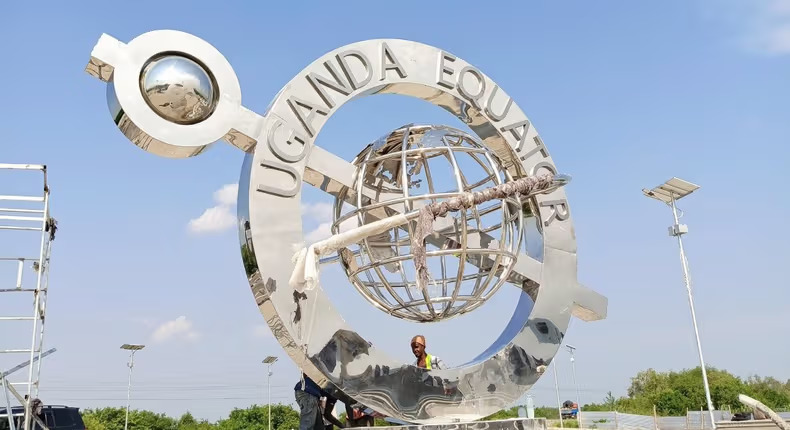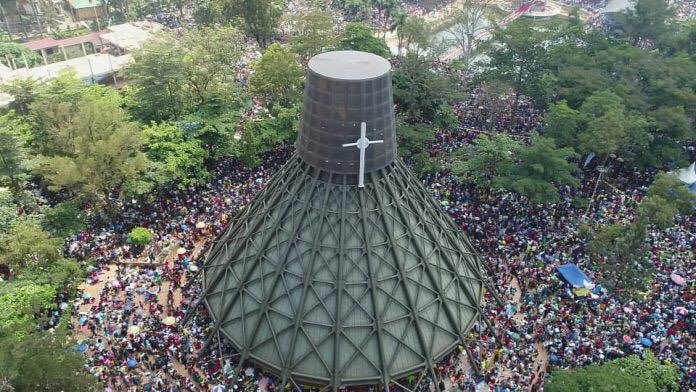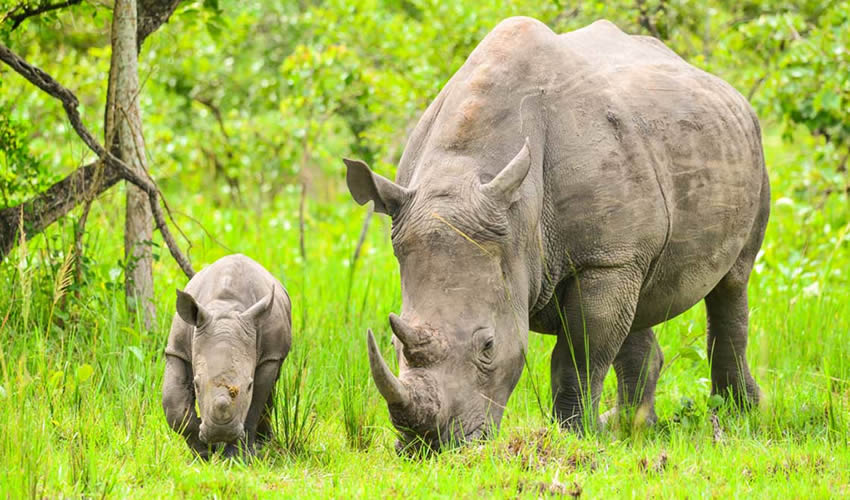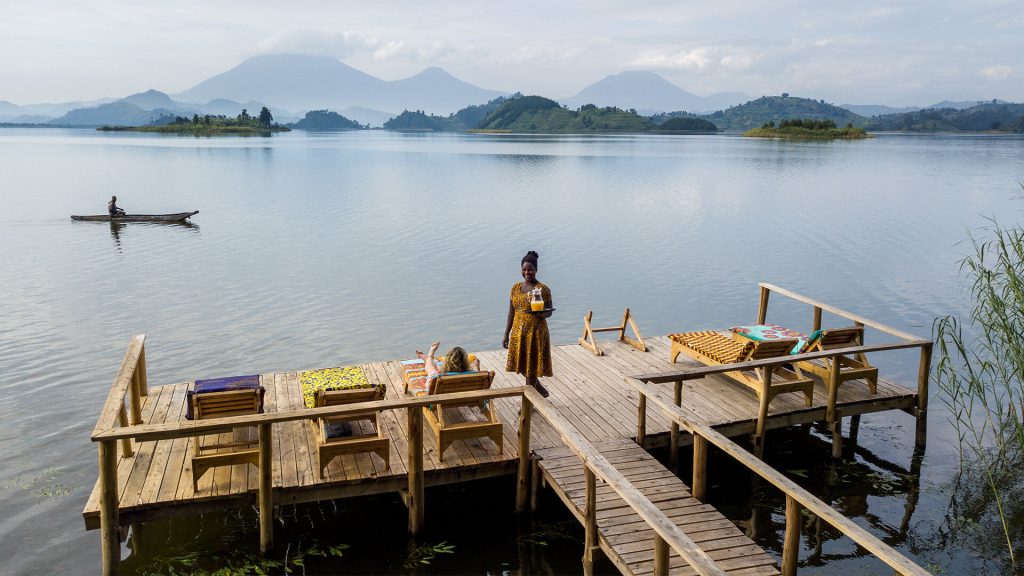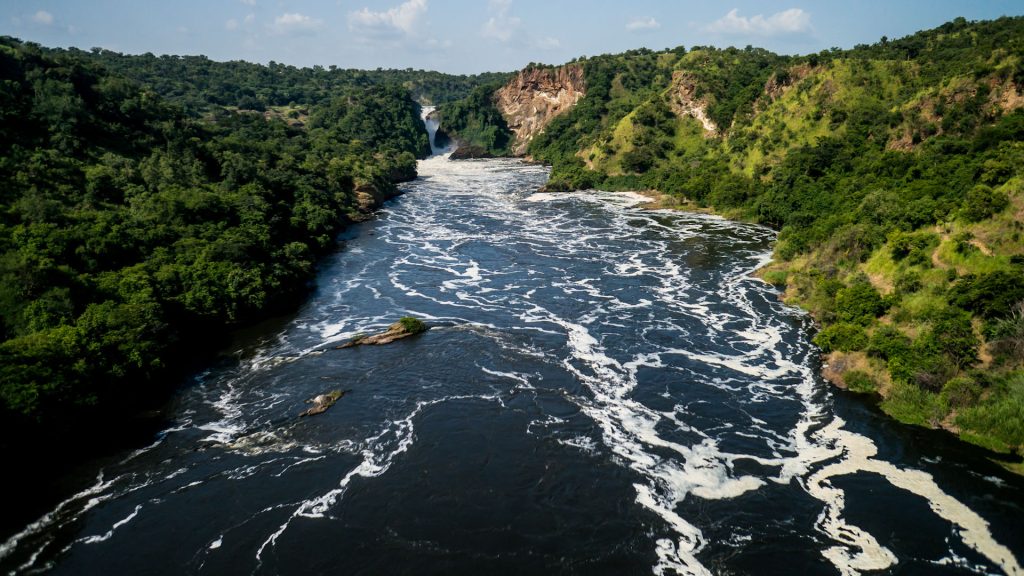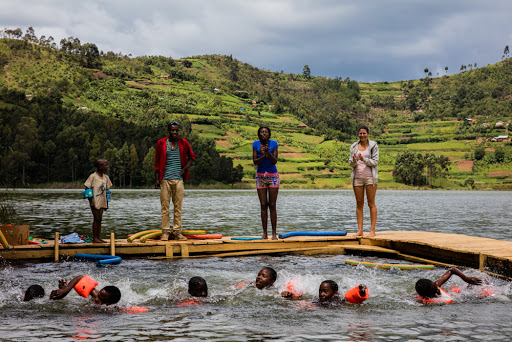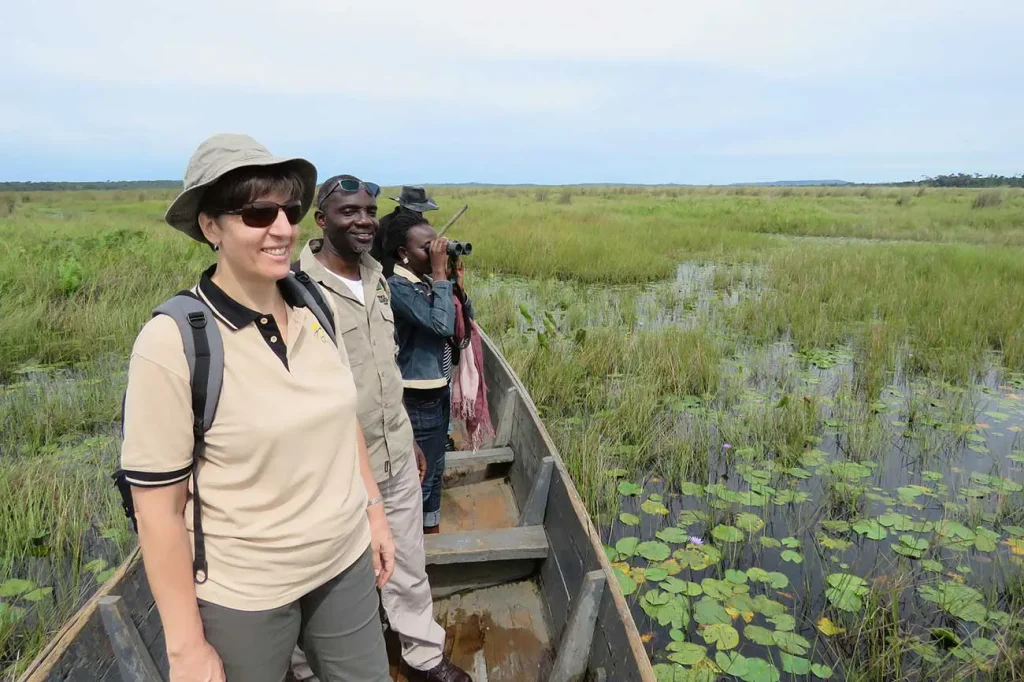Gorilla Trekking Tours in Uganda: An Unforgettable Wildlife Experience
Gorilla Trekking Tours in Uganda Gorilla Trekking Tours in Uganda; the country known as the “Pearl of Africa,” is home to some of the world’s most extraordinary wildlife experiences. Among these, gorilla trekking stands out as one of the most sought-after adventures. Nestled in the heart of East Africa, Uganda is home to nearly half of the world’s remaining mountain gorillas, making it one of the best destinations for gorilla trekking. Whether you’re a seasoned traveler or a first-time visitor, a gorilla trekking tour in Uganda promises an unforgettable encounter with these majestic creatures. Why Choose Uganda for Gorilla Trekking? Uganda offers a unique and unparalleled experience for gorilla trekking due to its well-preserved natural habitats and the rich biodiversity of Uganda’s national parks. The country’s commitment to conservation and sustainable tourism ensures that visitors can witness gorillas in their natural environment while contributing to their protection. Uganda’s gorilla trekking tours are well-organized, providing a safe and respectful way to interact with these gentle giants. Where to Go Gorilla Trekking in Uganda There are two primary locations in Uganda where gorilla trekking is conducted: Bwindi Impenetrable National Park and Mgahinga Gorilla National Park. Bwindi Impenetrable National Park Bwindi is perhaps the most famous gorilla trekking destination in Uganda. Located in the southwestern part of the country, this UNESCO World Heritage Site is home to over 400 mountain gorillas, accounting for nearly half of the world’s population. Bwindi’s dense forest and rugged terrain offer a challenging yet rewarding trekking experience. Gorilla Families: Bwindi is divided into four sectors (Buhoma, Ruhija, Rushaga, and Nkuringo), each with habituated gorilla families that tourists can visit. Each family has its unique characteristics, and your trekking experience will vary depending on which group you are assigned to. Trekking Experience: The trekking in Bwindi can take anywhere from a few hours to a full day, depending on the location of the gorilla group. The terrain is steep and can be muddy, so being physically prepared is essential. However, the sight of gorillas in their natural habitat, feeding, playing, and interacting, makes the effort more than worthwhile. Mgahinga Gorilla National Park Mgahinga is a smaller and less visited park compared to Bwindi, but it offers an equally impressive gorilla trekking experience. The park is part of the larger Virunga Massif, which spans Uganda, Rwanda, and the Democratic Republic of Congo. Mgahinga is home to one habituated gorilla family, known as the Nyakagezi group. Gorilla Family: The Nyakagezi group is known for its adventurous nature, often crossing borders into Rwanda and the DRC. However, they usually reside within Uganda’s Mgahinga Gorilla National Park, providing visitors with an intimate and less crowded trekking experience. Trekking Experience: The gorilla trek in Mgahinga is generally easier than in Bwindi, with less dense forest and more open landscapes. This park is also unique because visitors have the chance to see golden monkeys and other wildlife, making it a well-rounded experience. What to Expect on a Gorilla Trekking Tour Gorilla trekking tours in Uganda are carefully regulated to ensure the safety of both the gorillas and visitors. Only a limited number of permits are issued each day, so it’s essential to book your trek well in advance. Permits and Briefing: Before the trek, you’ll need to obtain a gorilla trekking permit, which grants you access to the national park and the opportunity to spend one hour with the gorillas. On the day of your trek, you’ll attend a briefing session where rangers will provide guidelines on how to behave during the trek and what to expect. The Trek: The trek itself can be strenuous, often involving several hours of hiking through dense forests and uneven terrain. Porters are available to help carry your belongings, and it’s advisable to hire one to ease the physical burden. Encountering the Gorillas: Once you locate the gorilla group, you’ll be allowed to spend one hour observing them. This time is strictly controlled to minimize human impact on the gorillas. During this hour, you’ll have the rare chance to watch the gorillas up close as they go about their daily lives, a humbling and awe-inspiring experience. What to Pack for Gorilla Trekking Tours in Uganda Preparing for your gorilla trekking tours in Uganda is crucial for a comfortable and successful experience. Here are some essentials to pack: Hiking Boots: A good pair of waterproof hiking boots with ankle support is essential for navigating the slippery and uneven terrain. Rain Gear: The weather in Uganda’s rainforests is unpredictable, so pack a lightweight, waterproof jacket and pants. Gloves: Thick gloves can protect your hands when grabbing onto branches or sliding down muddy slopes. Insect Repellent: Mosquitoes and other insects are common in the forest, so a good insect repellent is necessary. Water and Snacks: Gorilla Trekking Tours in Uganda can be physically demanding, so bring enough water and energy-boosting snacks to keep you going. Camera: Don’t forget your camera (preferably with a zoom lens) to capture the incredible moments with the gorillas. Remember to turn off the flash to avoid disturbing them. Tips for a Successful Gorilla Trekking Experience Fitness Preparation: Gorilla trekking can be physically challenging, so it’s important to be in good physical condition. Consider doing some hiking or aerobic exercises in the weeks leading up to your trip. Respect the Gorillas: Follow the guidelines provided by your guide, such as maintaining a safe distance (usually 7 meters) from the gorillas and avoiding direct eye contact. This helps minimize stress on the animals and reduces the risk of disease transmission. Hire a Porter: Hiring a porter not only helps you with your gear but also supports the local community. Many porters are reformed poachers who now work to protect the gorillas. Stay Calm: Gorillas are generally peaceful animals, but it’s important to remain calm and composed during your encounter. Avoid sudden movements or loud noises that could startle them. Accommodation Options Near Gorilla Trekking Sites Uganda offers a range of accommodation options near gorilla trekking sites, from luxury lodges…

